Looking to boost your
ROI?
Optimize ad campaigns with call tracking, virtual phone numbers & instant analytics
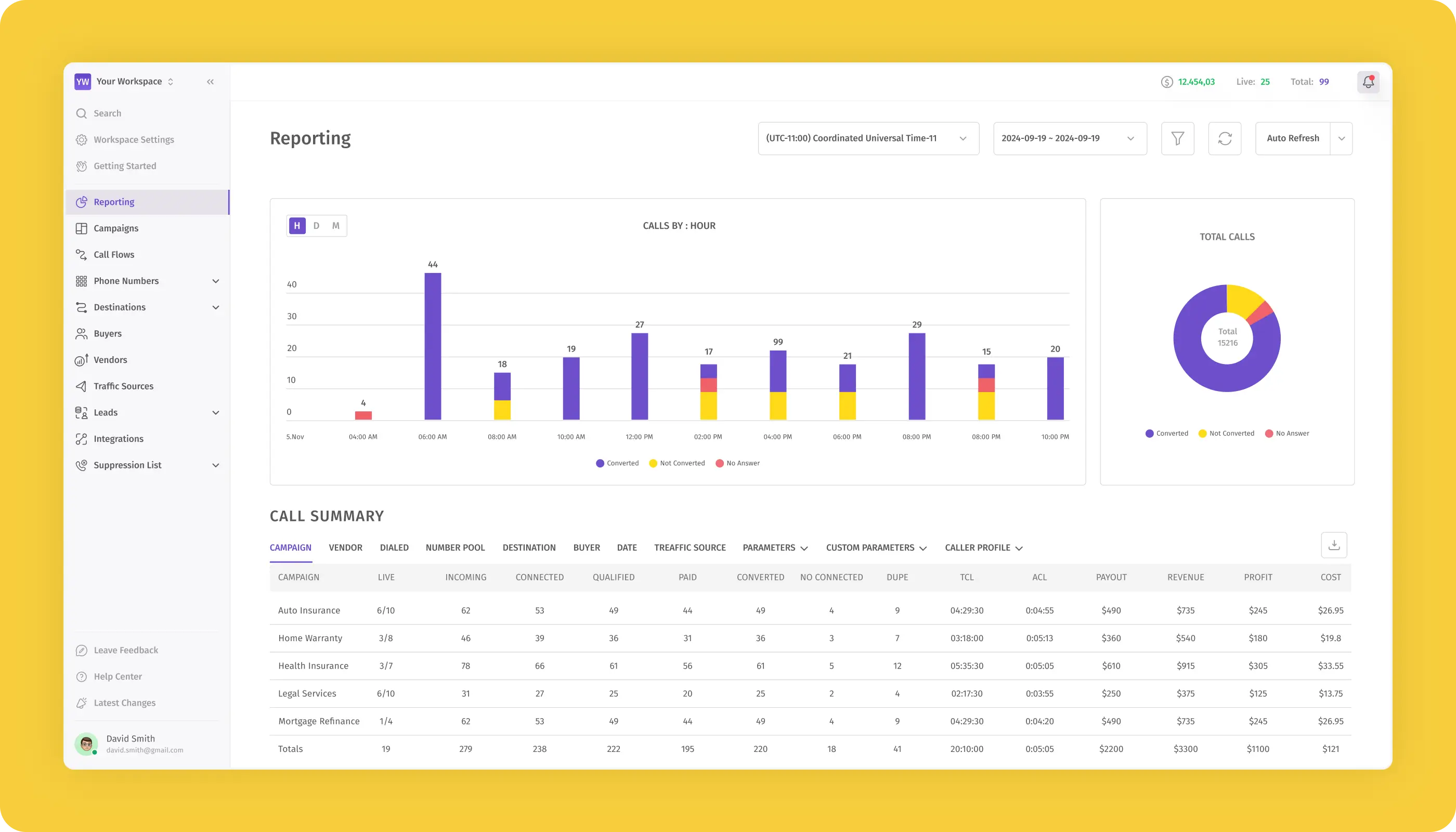
Take your calls to a new level
Track every call and conversation
Experiment with different types of virtual phone numbers to get the best results. Use static and dynamic number insertion for various campaigns. Explore the analytical data and detect the most productive traffic sources and catchy keywords. Keep an eye on your marketing budget and grow your business globally with Dialics international numbers.
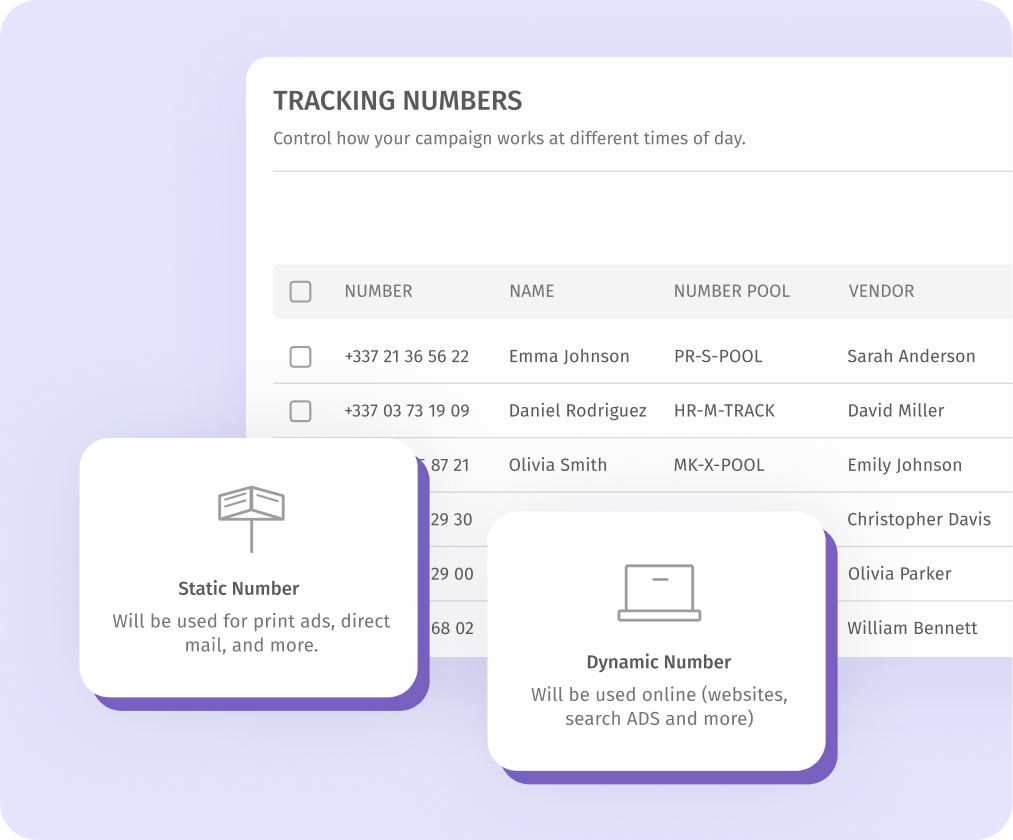
Never miss a call
Handle every inbound call with call forwarding and routing features. Let your clients contact you at a convenient time. Allow flexible hours for your agents. Keep the data transparent to ensure smooth interaction with clients. Implement IVR menus to automate processes and achieve customer satisfaction.
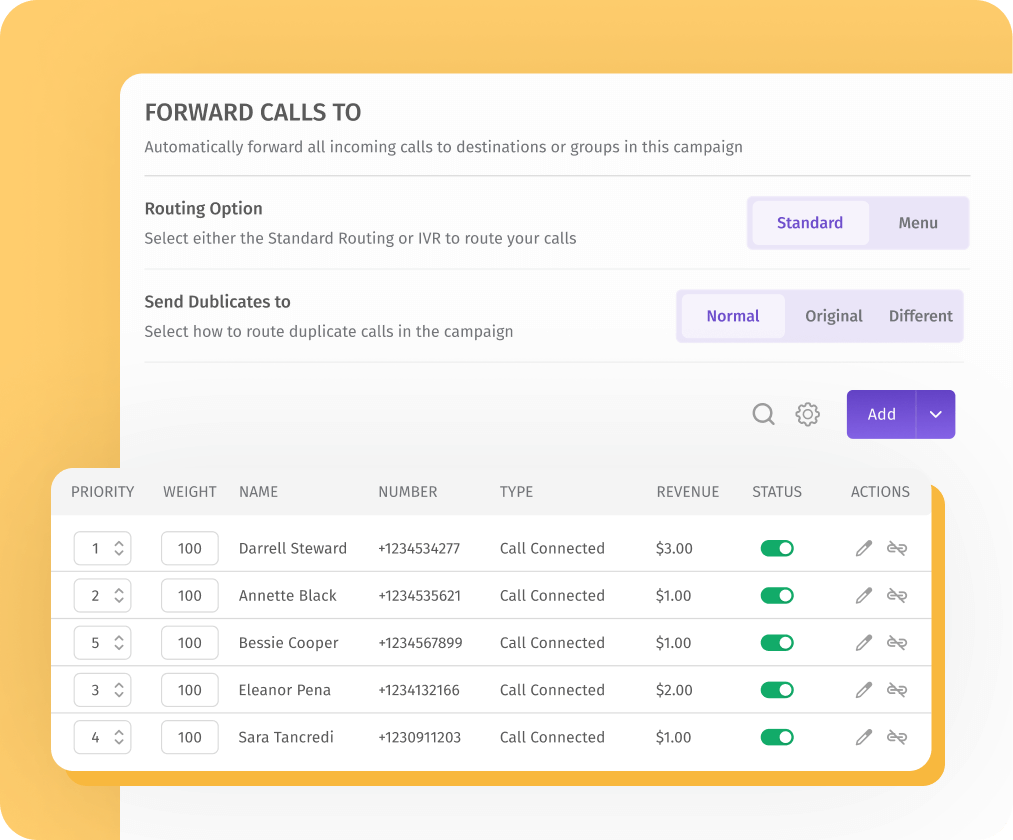
Measure what matters most
Know where your leads come from and how to generate more of them. Learn the insights from the call analytics and apply instant changes to your campaigns. Test various attribution models to analyze customer behavior and get rid of unproductive ads.
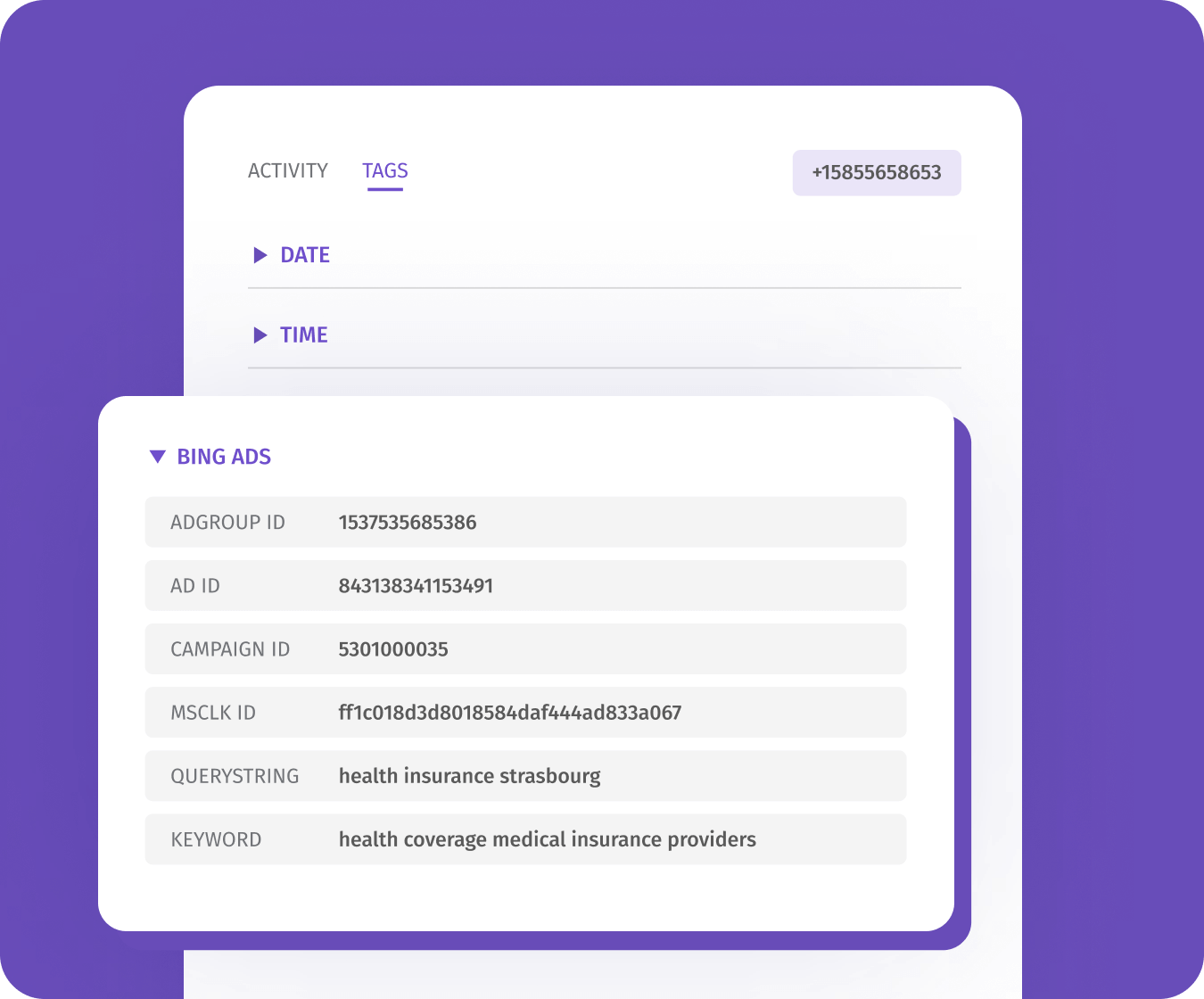
Getting started is easy
4 Easy Steps to Harness Our Solution
Tailored for Pay Per Call
Here’s how Dialics addresses the unique challenges faced by pay per call
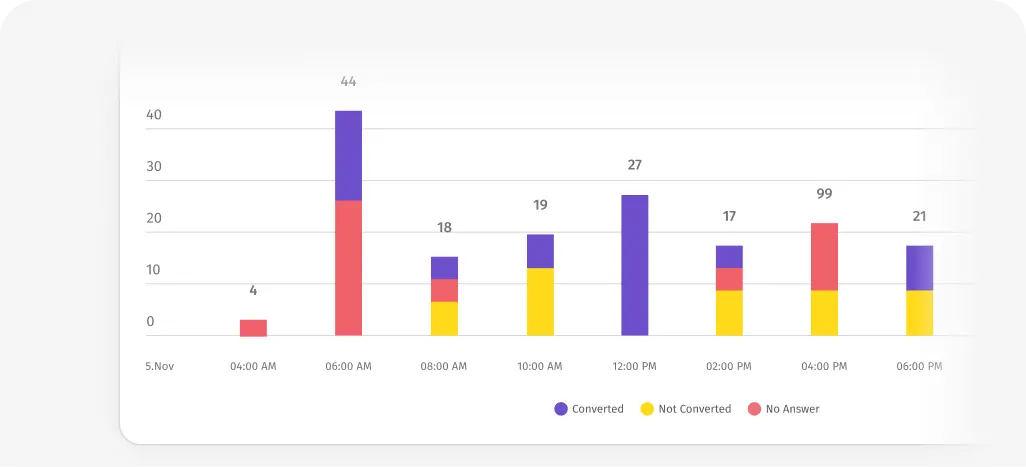
Find out what attracts each particular customer to your ad and where they come from. Inbound call analytics reveals information about the caller, the price of the lead, the keywords used, etc.
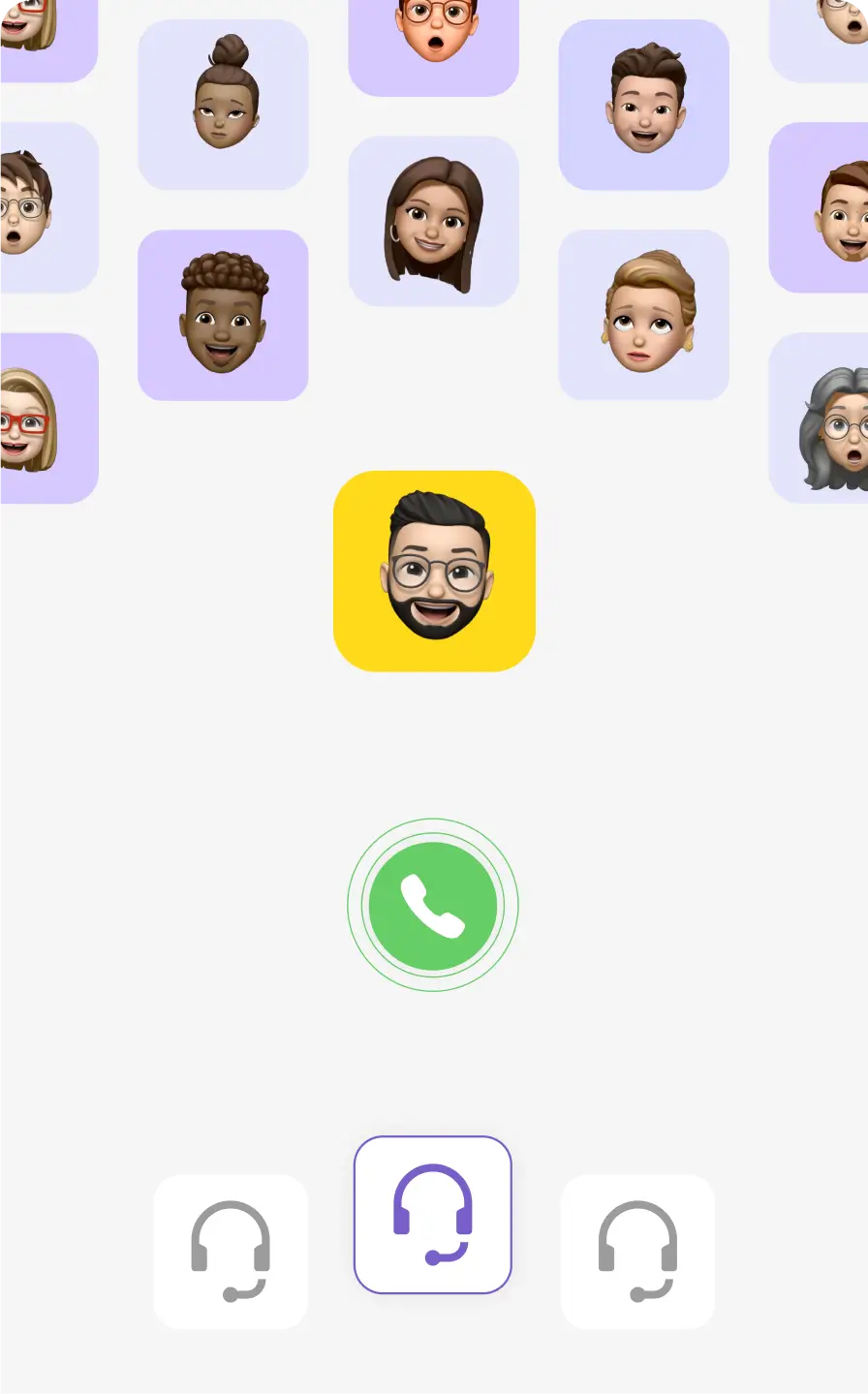
Make your business available 24/7. Forward calls to different agents and allow them to work convenient working hours. Automate part of the routine with IVR menus.
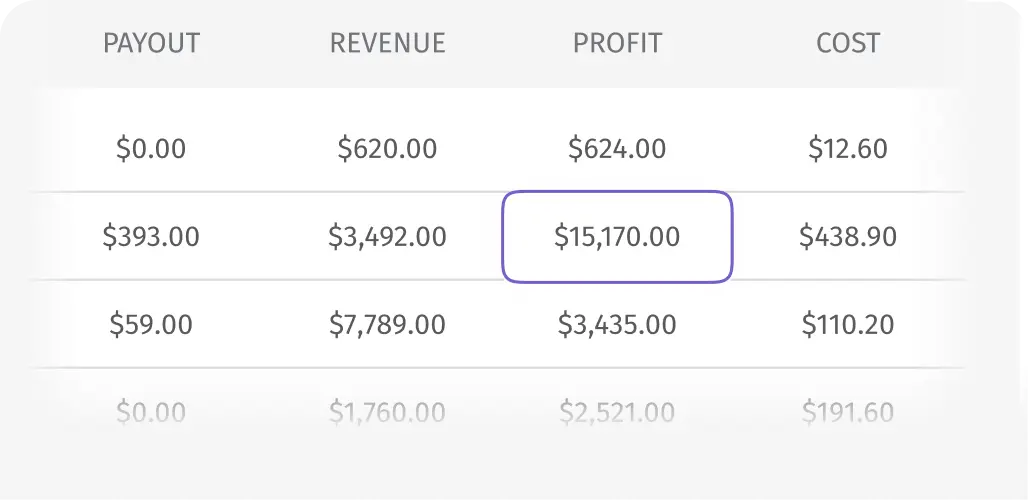
By analyzing the data, you can quickly detect which campaigns generate the cheapest leads and focus on them.
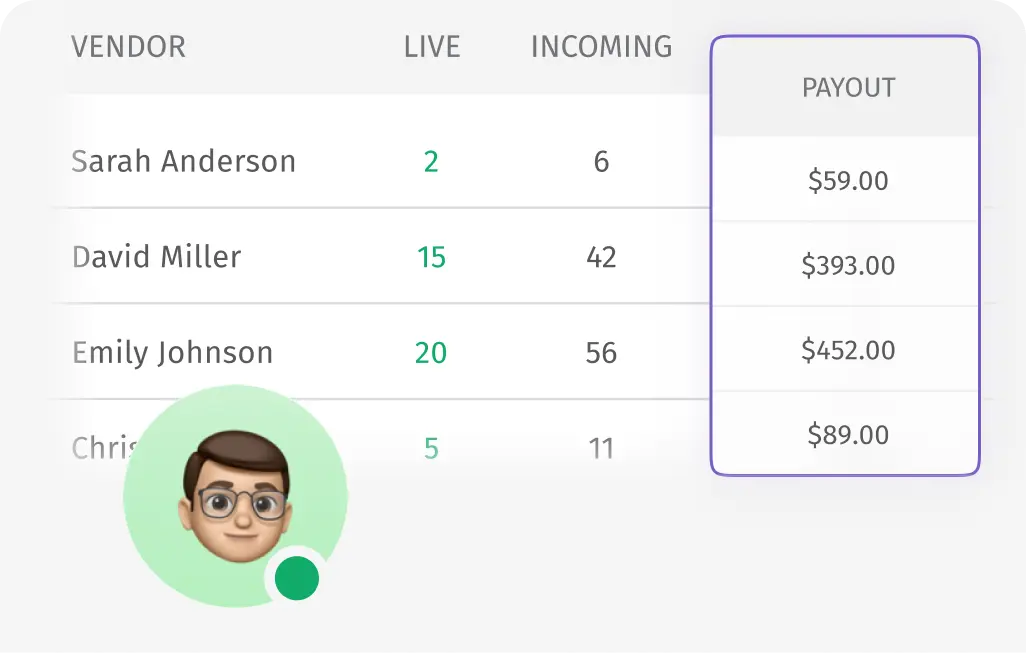
Add vendors to your account and monitor their campaigns. Assist them with relevant support and transparent reports. Become a manager for your vendors.
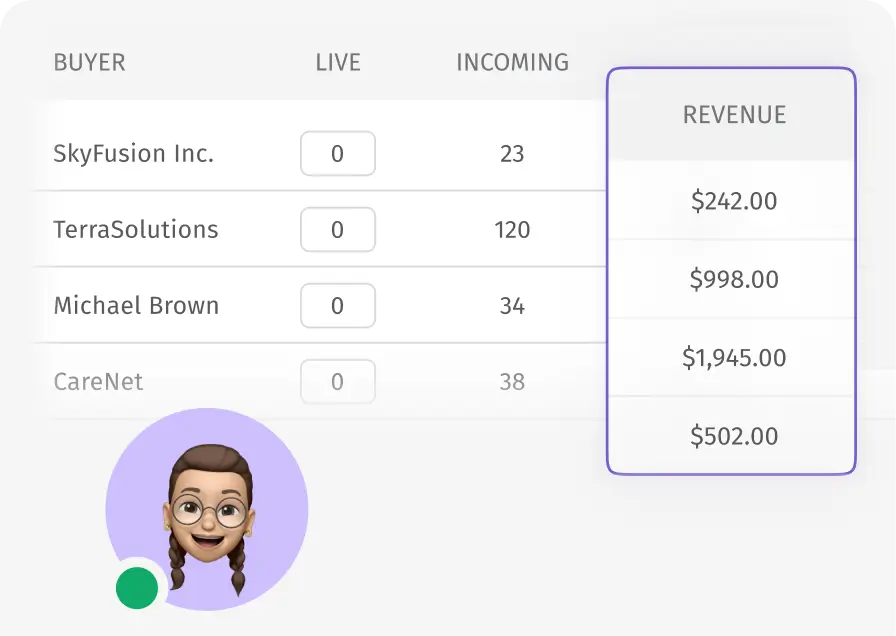
Connect vendors with buyers and track performance from one account. Let them check their revenue. Make your pay per call business into a full-fledged marketing agency.
We were impressed with the functionality and the results, so I don't think we are going to change for anything else.
Dialics makes me feel secure. I know how many calls were made and how many were converted, so I can forecast my commission and adjust campaigns to make more.
With Dialics, we received clear analytics and turned off a couple of banners that were useless. We have fewer ads today, but we know precisely how much we spend and how much each lead costs.
Blog

FAQs
If you have any queries about Dialics call tracking system, you might find the information here. Can’t find an answer? Please contact us
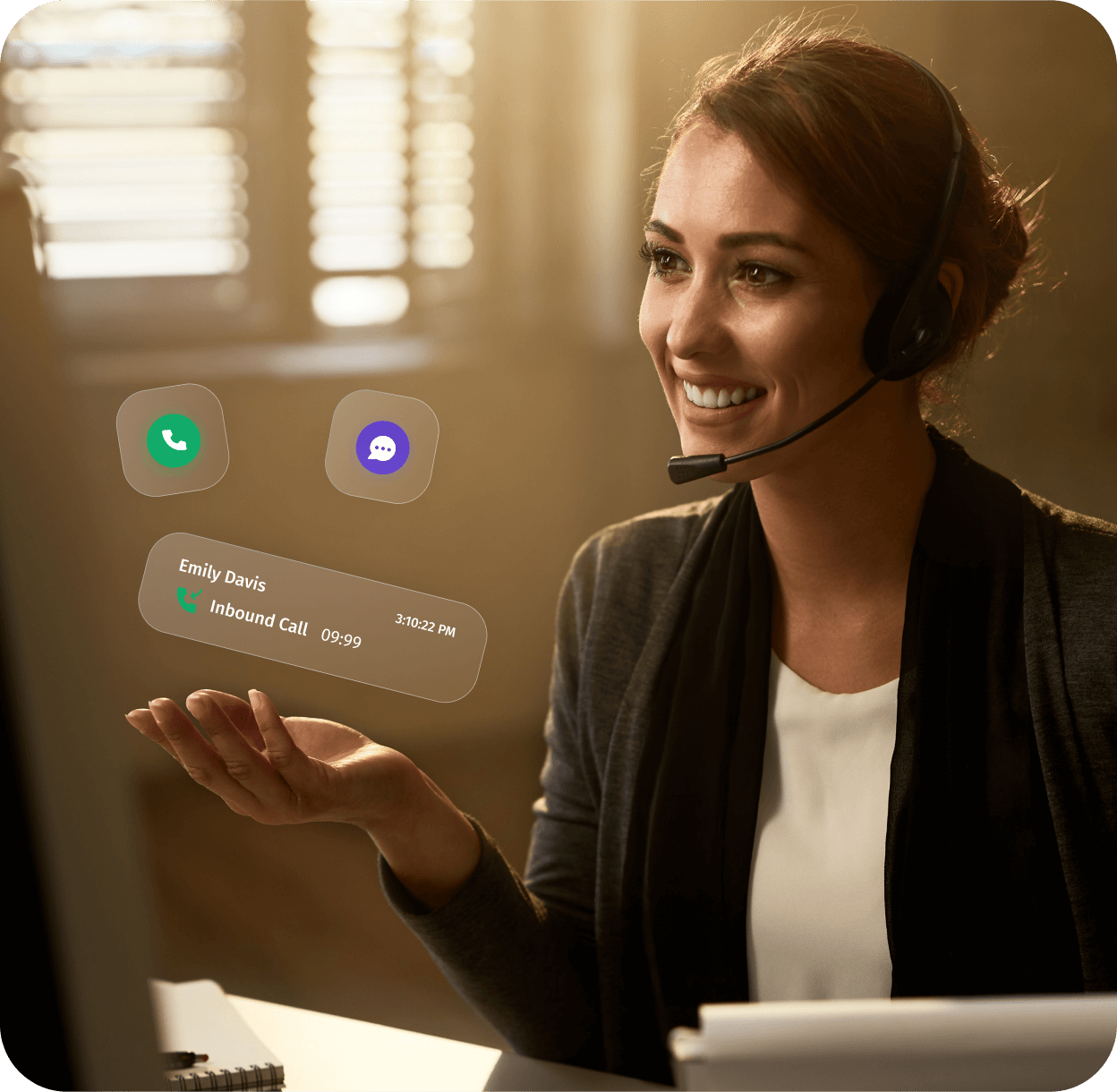
Discover the power of our all-in-one call tracking platform



